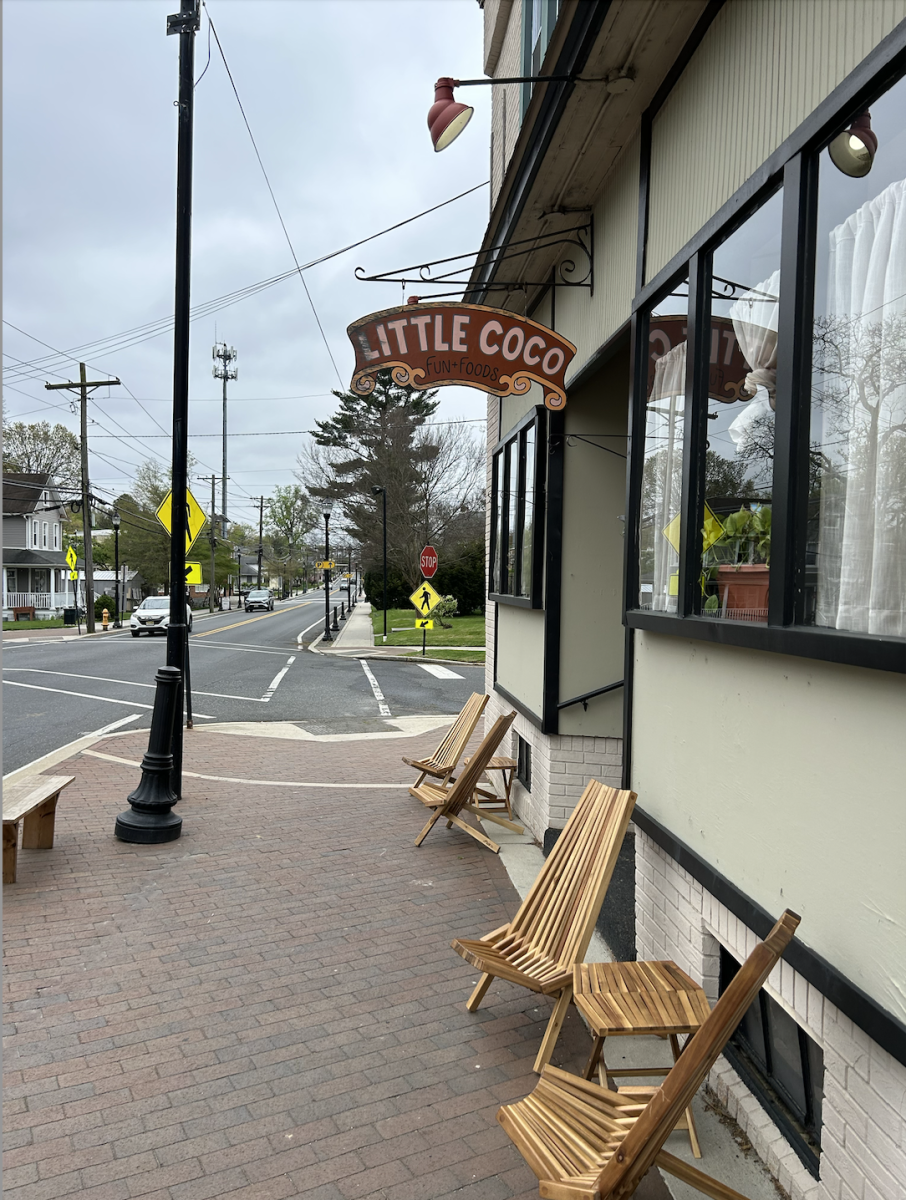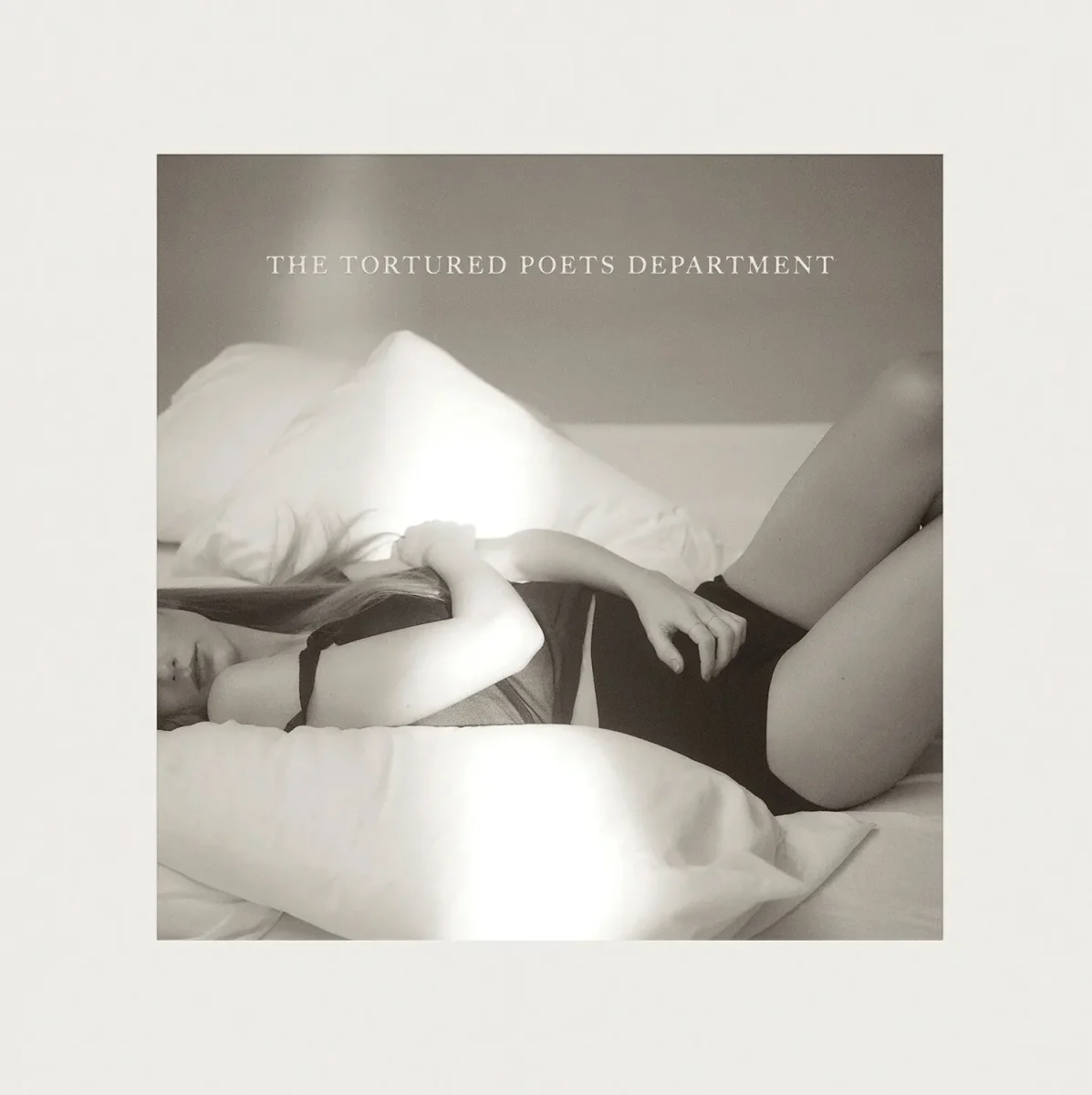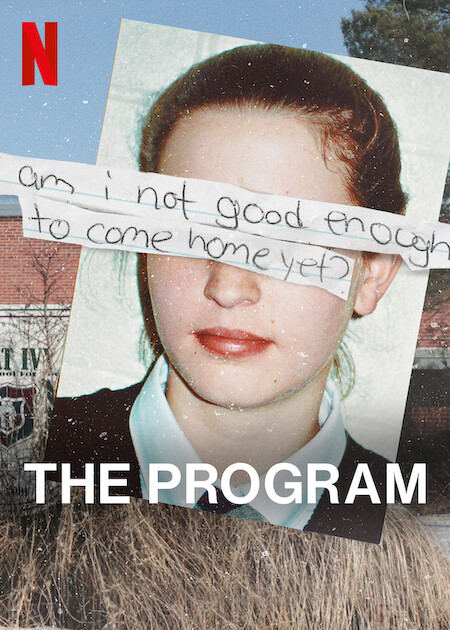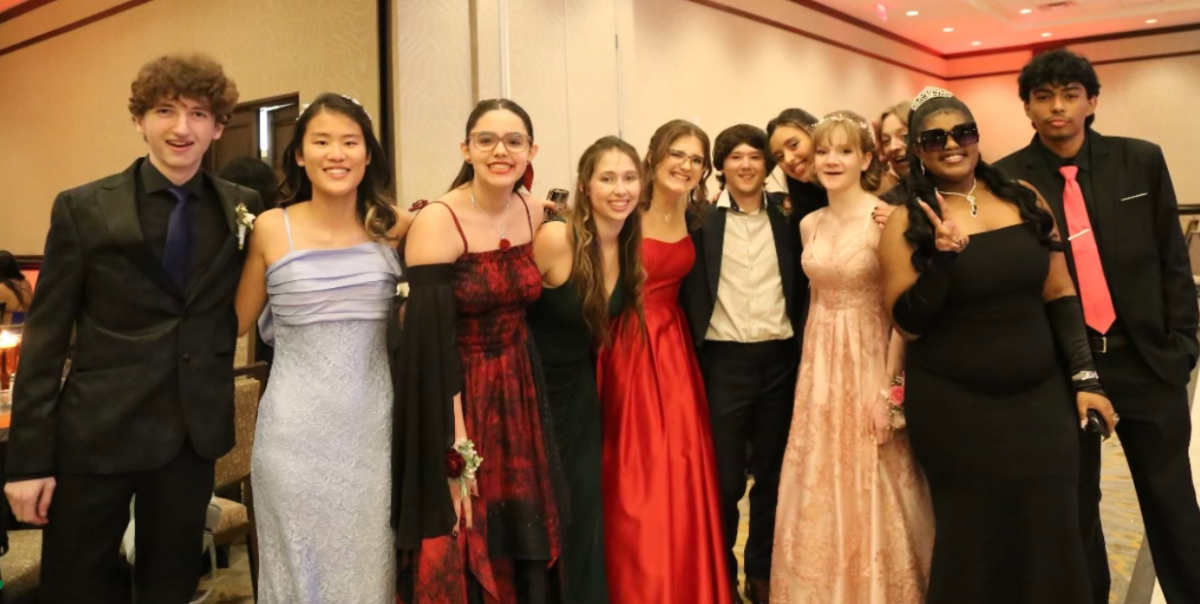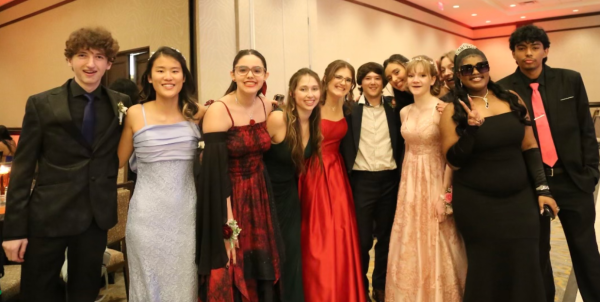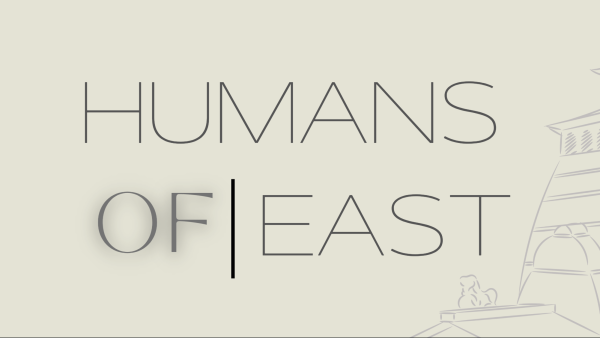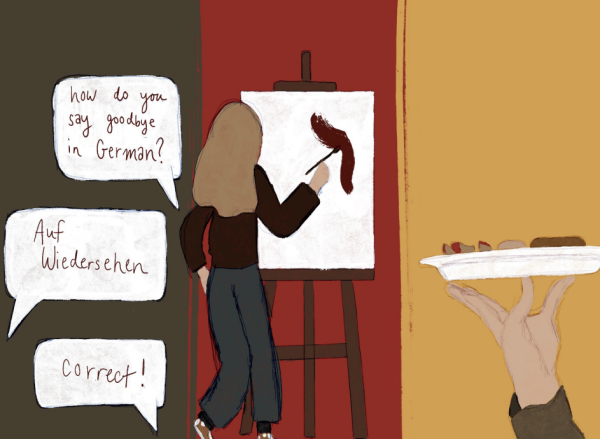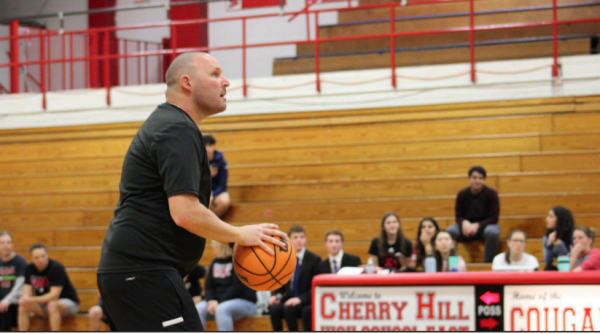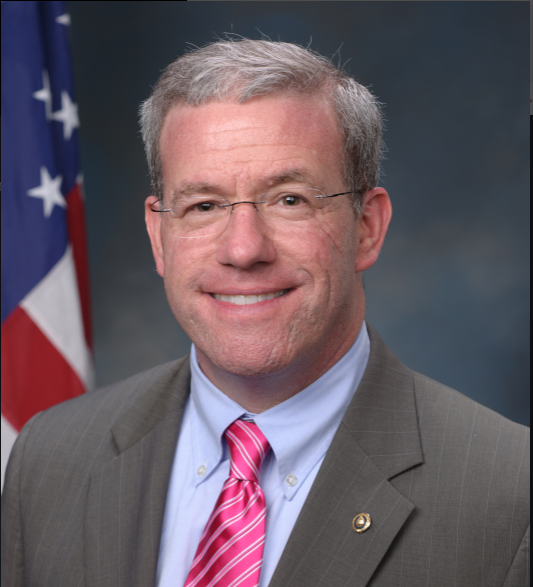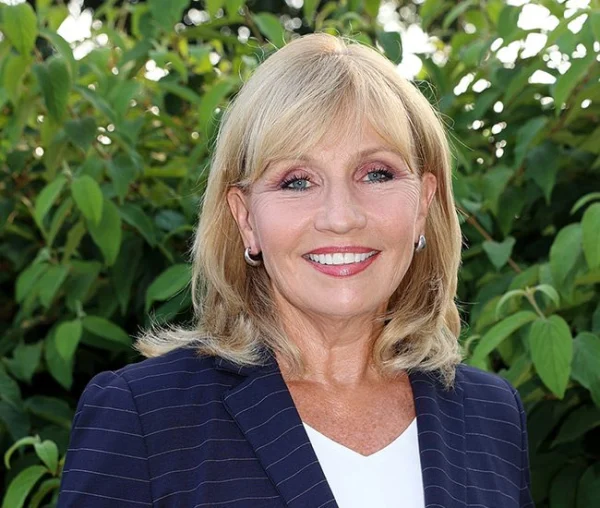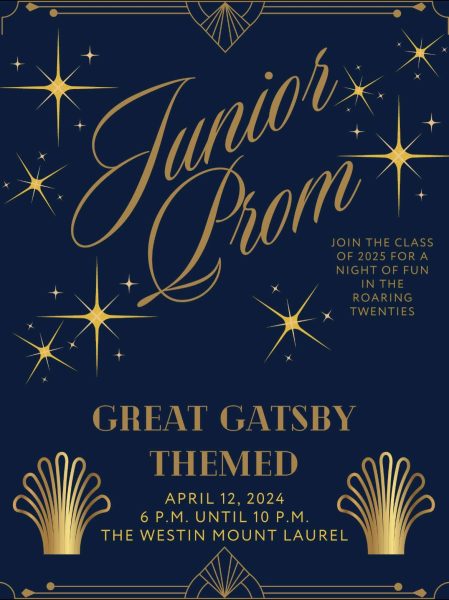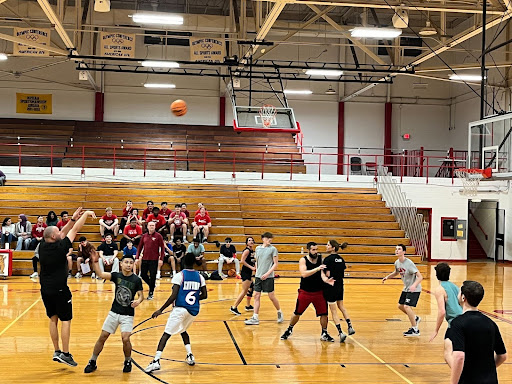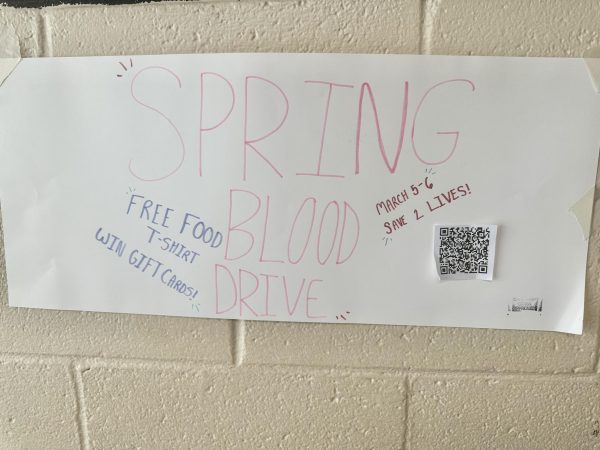Learning outside of the classroom
February 3, 2014
For most students winter break means a break from the rigors of the classroom. However, this year, for twenty students at East winter break did not mean a break from learning. These students embarked on a two- week trip to Israel. For them, Israel proved to be as much, if not more of a learning experience as any day at school. A look at the trip’s itinerary shows that while the students did not attend any formal classes, all subjects were covered in the course of each day.
7:00 am: Physical Education: The students began their day with a rigorous climb up Mount Masada by using the Roman Ramp.
“Climbing Masada was challenging, but the view at the top made it all worth it,” said Ally Lazarus (’16).
The exercise continued on the way down, as the students descended the infamous snake path with numerous switchbacks.
9:30 am: Science: The day continued with a lesson in science when the students arrived at the Dead Sea. The students learned that, the Dead Sea is almost ten times saltier than the ocean. This salinity makes for a harsh environment for any animals to flourish, hence its name, the Dead Sea. They also discovered firsthand that salt water is denser than regular water when they noticed how easily they floated in the water.
“Floating in the Dead Sea was an experience like no other, floating on salt was the weirdest sensation,” said Amanda Soll (’16).
12:00 pm: Math: After a rigorous morning of learning the students’ appetite grew for lunch. They stopped at an Israeli mall for lunch and were given Israeli money to spend. Upon deciding what food to buy for lunch, the students needed to convert the price of the food in shekels to dollars in order to see if they were being ripped off. This required students to divide the Israeli price by the conversion factor in order to see how much it would cost in dollars.
2:00 pm: History: After a short bus ride to Jerusalem the students visited the Old City of David. The students learned that the City of David was a walled city in the Bronze Age and was the place where King David built his palace and established his capitol. The students got the chance to travel underground caves to get a better look at the destroyed city. The caves led to hidden springs where ancient kings were coronated. Hannah Manders (’16) said that, “experiencing history firsthand was much more influential than anything I have ever learned in the classroom.”
4:00 pm: World Language: The students then headed to the Shuk, a marketplace in Jerusalem. The Shuk was rushing with people, for it was the day before Shabbat. Many of the shop owners could not speak proper English, so it is very important that the students learn phrases in Hebrew, such as “How much does this cost?” and “Thank you”.
Marli Ehrlich (’16) said that, “learning Hebrew was so much fun and I would always try to speak it as much as I could.”
10:00 pm: English: Every student was given a journal to write in throughout the trip. It gave the students an opportunity to get their thoughts written down on paper to be remembered for later.
“I am so happy that I wrote in my journal because now I remember everything that we did and how I felt. I don’t want to forget any of those feelings,” said Brooke Miron (’16).
This itinerary may not have required books and pencils, but the learning being done was immeasurable in value.

